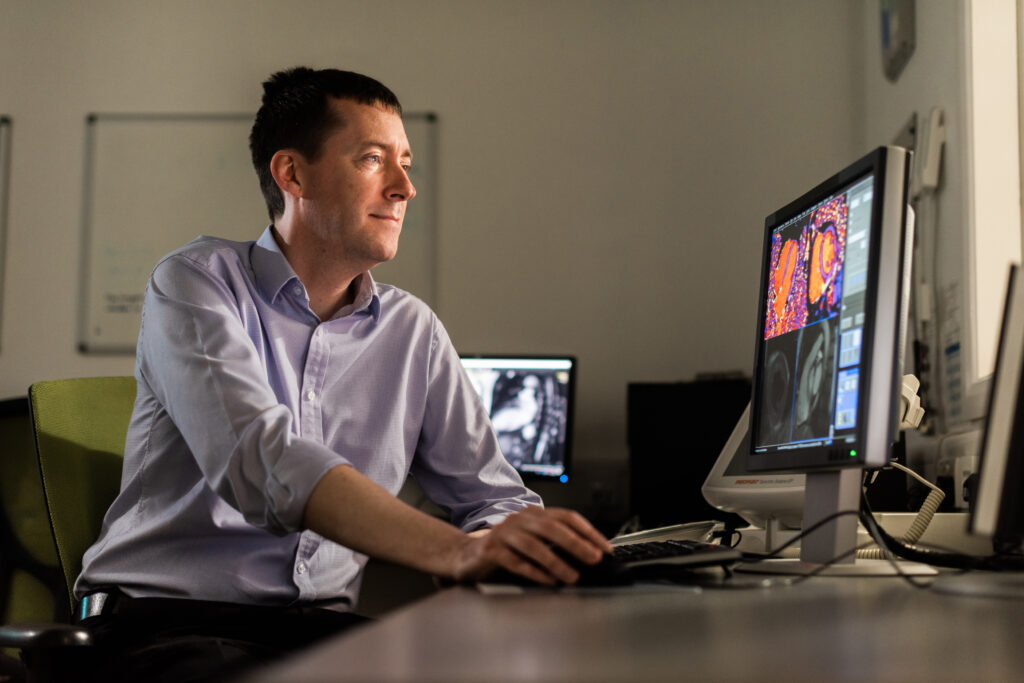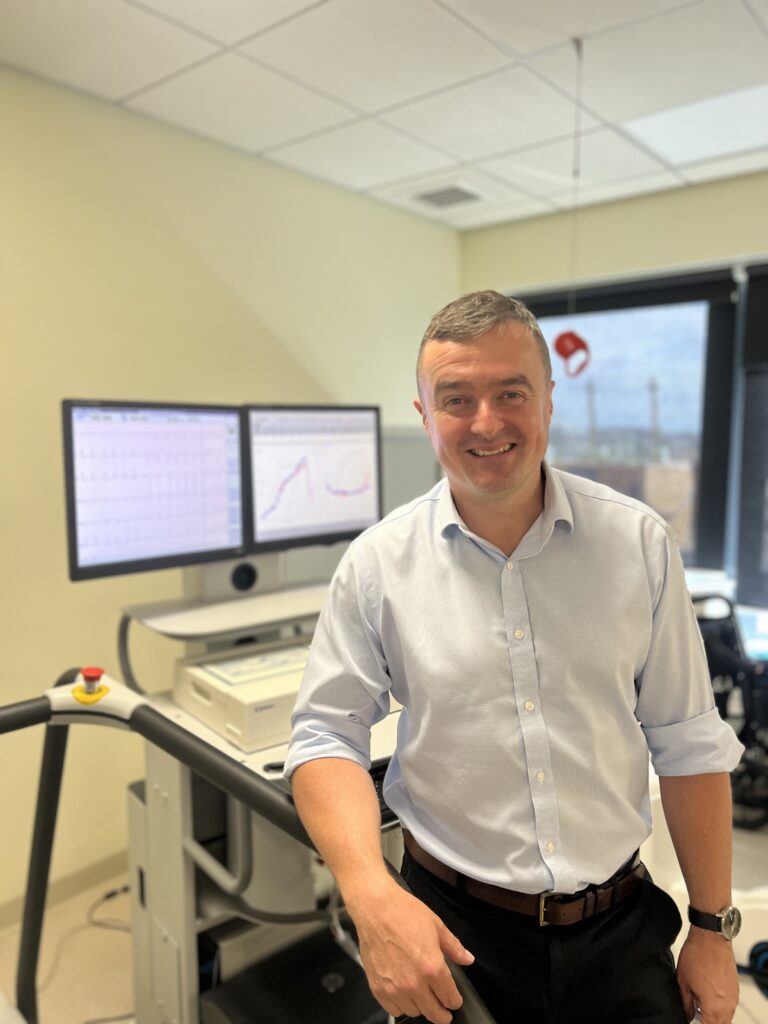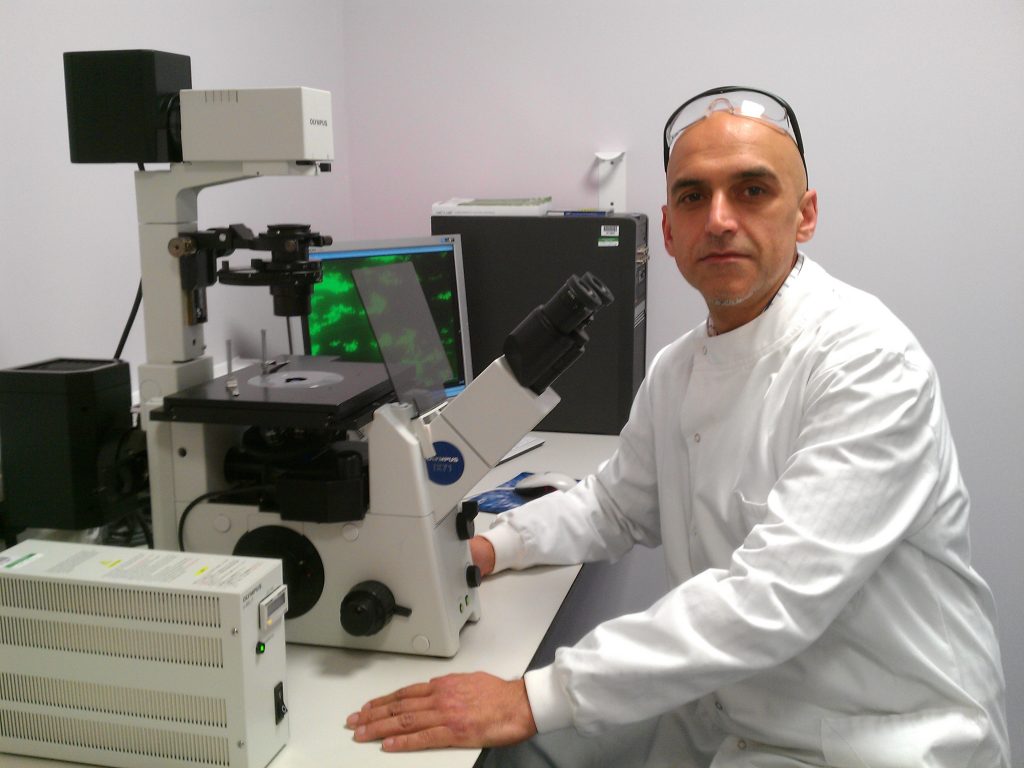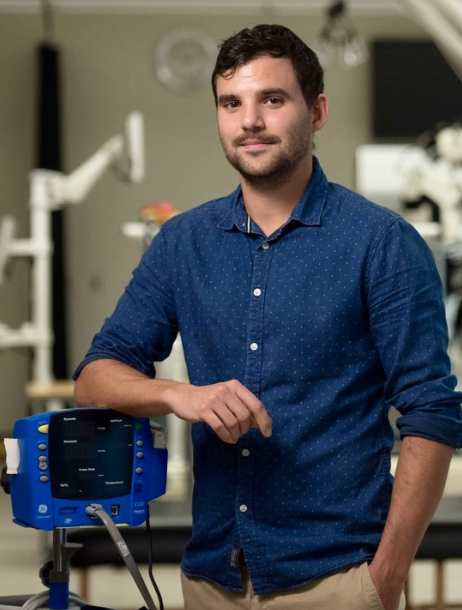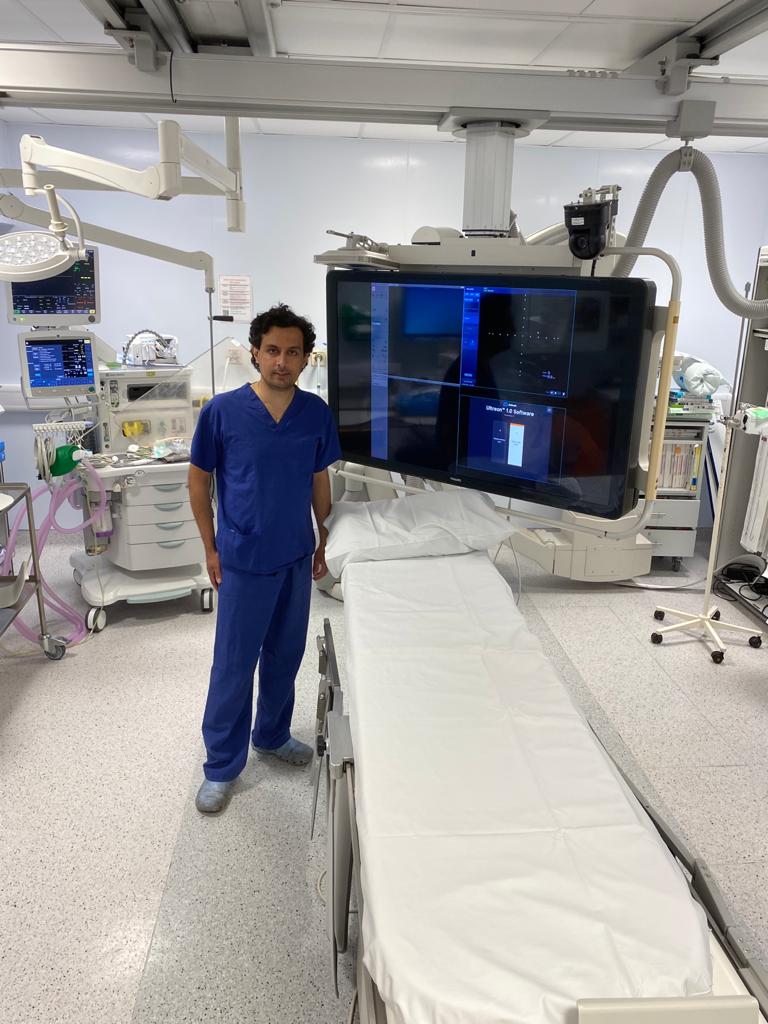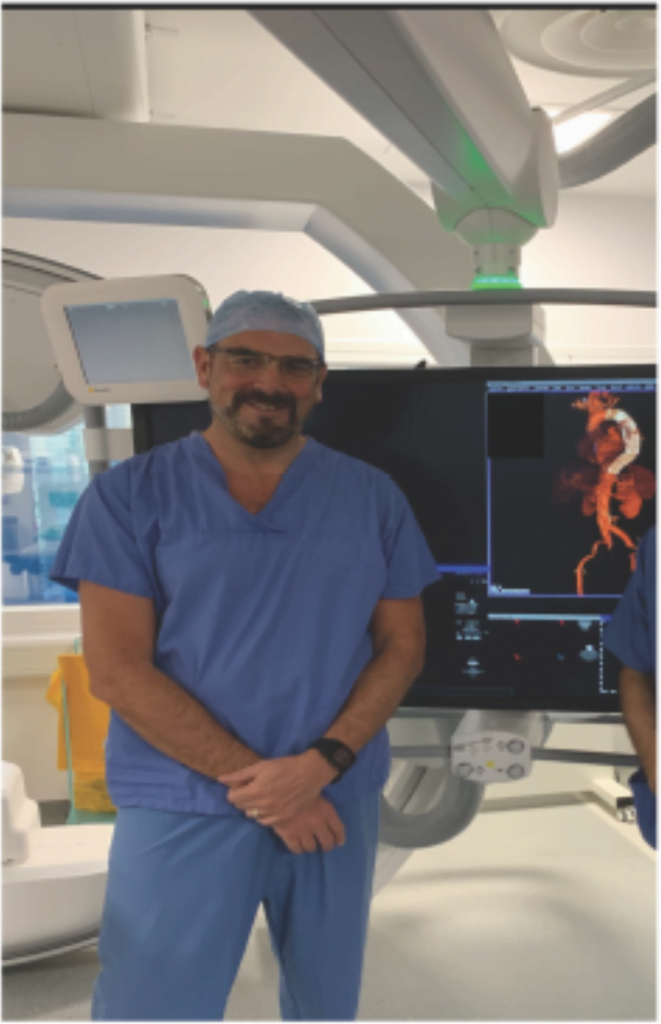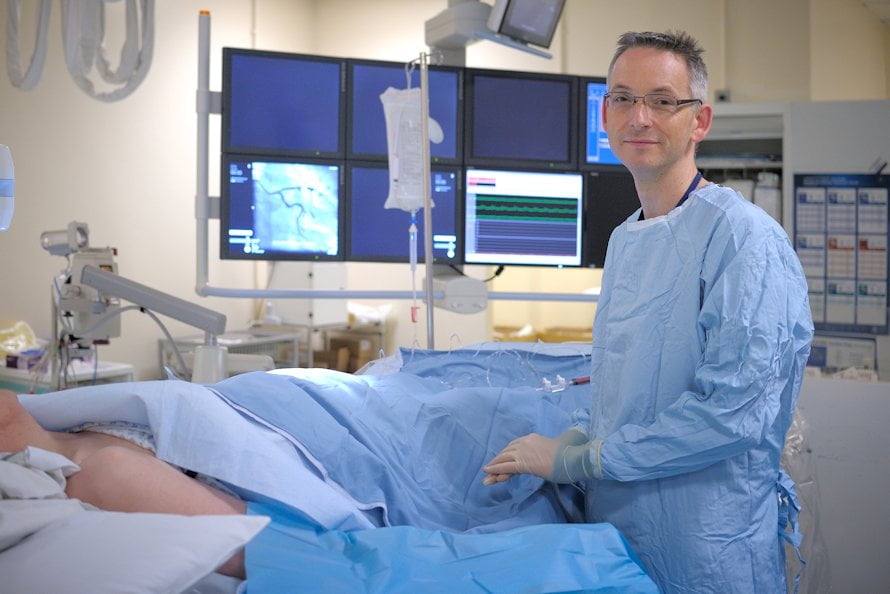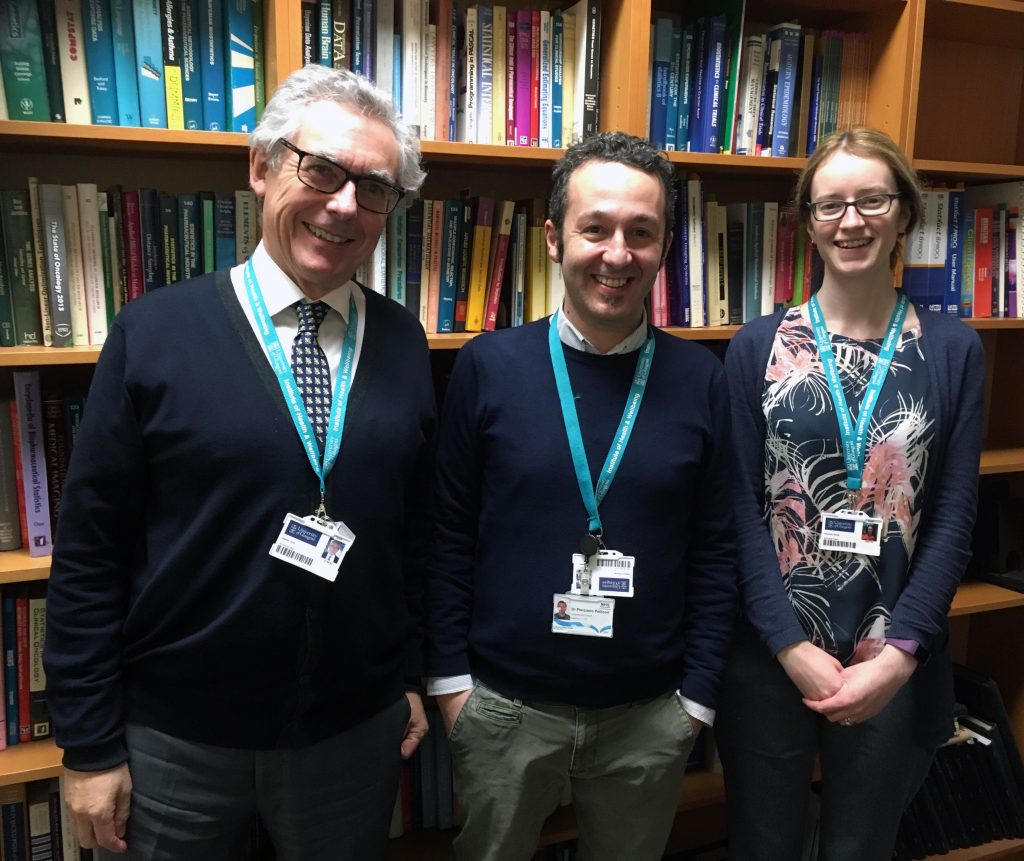Translational Research Project (TRP) Grant
Dr Peter Swoboda, University of Leeds
Amount: £126,126

Summary: Atrial fibrillation (AF) is the most common type of arrhythmia, a disruption to the heart’s rhythm, that increases the risk of stroke. It is particularly common in older people and those who exercise a lot, including athletes. This study will use heart monitor data from veteran athletes and people with pre-existing AF to establish which types of exercise are most associated with AF. This information can then be used to generate guidelines for those at risk of, or with pre-existing AF, with regards to exercise to best manage the condition.
Atrial fibrillation (AF) is the most common type of arrhythmia, namely a disruption to the rhythm of the heart. It is caused by random electrical impulses firing from the top chambers of the heart (atria) which override the heart’s regular rhythm. This can lead to symptoms such as palpitations and breathlessness. Importantly, AF also increases the risk of stroke. Doing regular exercise reduces the risk of AF, however, people who do a lot of exercise, particularly into their 50s and beyond, seem to be at increased risk of developing AF.
Those with AF are known to develop scarring of the left atrium (the upper chambers of the heart) which can be assessed by cardiac magnetic resonance imaging (CMRI). This study involves a unique group of 106 veteran cyclists who have already undergone CMRI of their heart to identify scarring of the left atrium. They have also had a small electrocardiogram (ECG) recorder, called a loop recorder, implanted under their skin which records every single heartbeat for 2 years. It will record if and when they go into AF which we can monitor remotely. The programme is called VENTricular arrhythmia and cardiac fibrOsis in endUrance eXperienced athletes (VENTOUX). Other studies have used the programme to investigate dangerous heart rhythms (ventricular tachycardia) which are associated with sudden cardiac arrest. However, the data from VENTOUX can also be used to investigate individuals at risk of developing AF.
This project will therefore analyse whether individuals from VENTOUX with scarring of the left atrium seen on MRI are at increased risk of developing AF. All participants will complete online training diaries and it will be established whether certain types of exercise correlate with AF. In addition, 25 athletic and 25 sedentary individuals with pre-existing intermittent AF will be recruited. These individuals will undergo the same MRI assessment of scarring of the left atrium and this will help extend our findings to athletes and sedentary individuals with pre-existing AF.
AF is very common in both athletes and sedentary individuals, particularly as they get older. There are many interventions to prevent recurrence of AF including medications and invasive catheter ablation procedures which blocks the random electrical impulses by burning or freezing part of the electrical circuit, although they both carry risks of side effects and complications. Our ultimate aim is to identify if certain types of exercise are associated with AF. We will then be able to advise both athletic and sedentary individuals how to exercise safely without increasing their risk of AF. This may be preferable to many patients to either medications or invasive procedures.

















